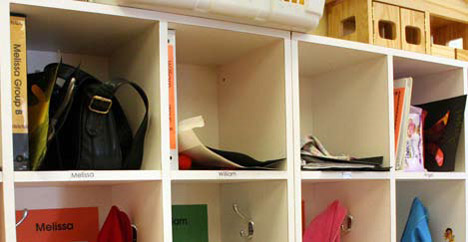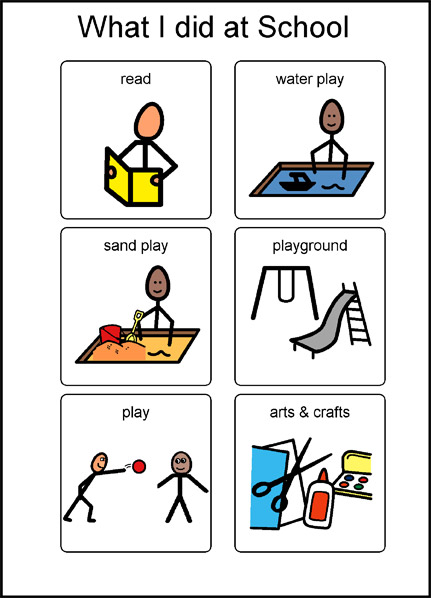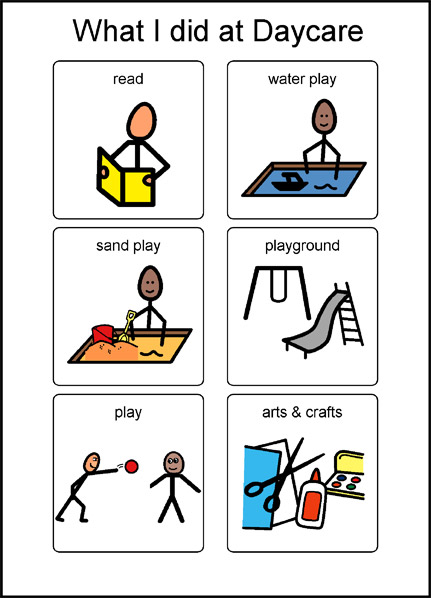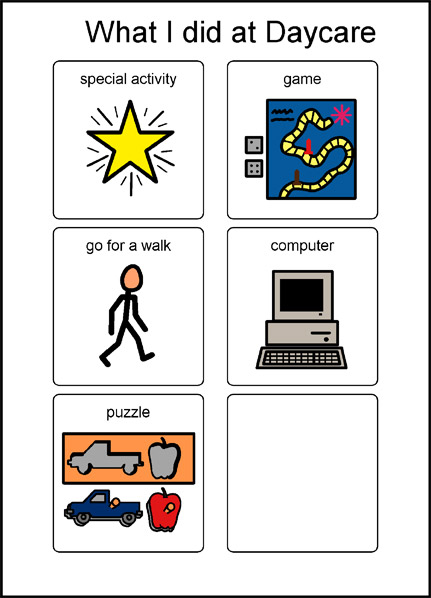
For parents, teachers and caregivers, pick-up and drop-off times at the child care centre or school can be a hectic part of the day. Finding time to talk is important, but not always possible. A communication journal makes it possible to exchange a few words in writing about events in your child’s life, such as his day or night, appointments, or special events. This journal can also be used as a record-keeping tool.
Starting a communication journal between home, child care and school can be as simple as using a notebook (which can be purchased at a dollar store). Your child can carry the book back and forth in his backpack.
Here are some tips to help you get started:
- Before using a communication journal, it is a good idea to discuss it with other involved in your child’s life, such as family members, teacher or the early childhood professional. In order for it to be a successful tool, you should agree on why you are starting the journal, how much detail is needed and how often everyone should be writing in it. A few lines can be written by each person on a daily basis, or a few times a week.
- If possible, encourage your child to take part in using the communication journal. You can show him the book and explain how it will be used. Let your child add words, pictures, or drawings to the journal. This will help him to feel that he is adding important information to a book that is shared with others and will help build his self-esteem.
- Checklists can also be used in the communication journal to help make it easier for you to communicate back and forth. You can also create visual checklists for your child to complete. He may circle the words or pictures, or use a bingo dabber to mark which ones he did that day.
Tips for parents:
- Write about your child’s weekend, evening, or morning in the communication journal. Include information on your child’s mood, how well (or little) he slept, what he ate, what games or activities he played, visitors, or something special he experienced. The classroom teachers can use this important information to talk to him about his home life and to better understand his moods or actions.
- Use the communication journal to inform the school and child care of upcoming doctor’s appointments, or assessments.
Tips for teachers and early childhood professionals:
- Write about the school or child care day and describe his mood, what he learned, special accomplishments, or what he needs for the next day.
- Use the communication journal to let parents know about field trips, specialized consultants coming into the classroom, or special events happening at the program
Communication journals make excellent record-keeping tools. This can be a way to keep informed about any difficulties and successes. The journal may help to track any concerns, with a timeline, and help identify solutions. A communication journal can also promote consistency between home, child care and school, such as progress on goal and strategies being used. It is a wonderful way to reinforce your child’s positive behaviour and development.
Remember – If there are serious concerns regarding your child’s care and his emotional or physical well being, they should be discussed by speaking either in person, or on the phone. Concerns that you would not discuss in front of your child do not belong in the communication book.






